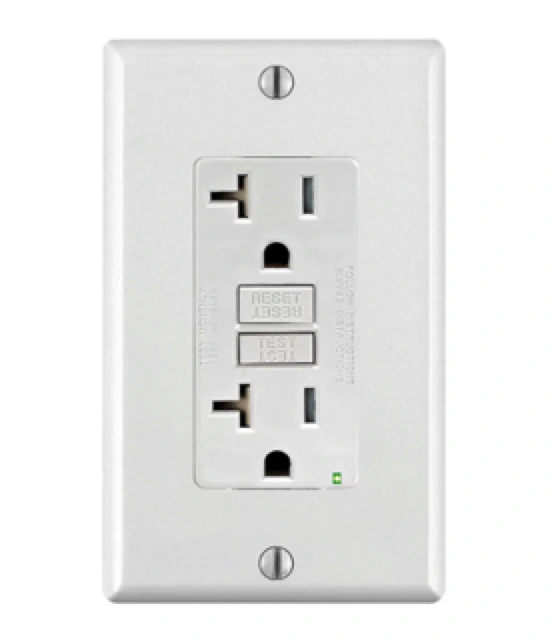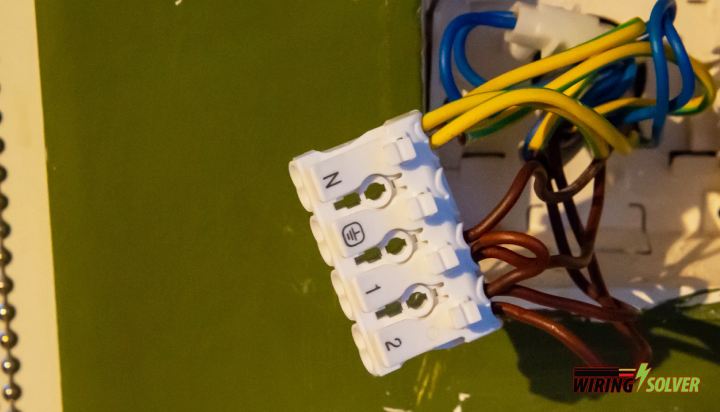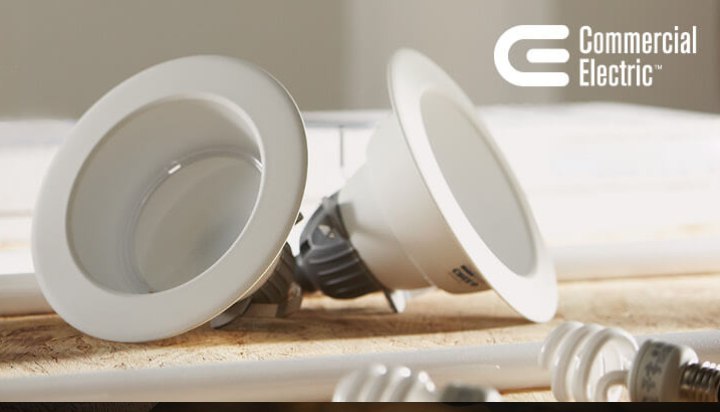Ground Fault Circuit Interrupters (GFCIs) and regular electrical outlets may look similar, but they serve different purposes and provide different levels of protection. Understanding the key differences between these two types of outlets is important.
GFCI outlets differ from regular outlets on a variety of sectors as well as performance. Such as the shape, cost, safety features, shock and fire protection, space, and maintenance.
This article will explore the key differences between GFCIs and regular outlets to help you make an informed decision about your electrical needs. And thus help you take a calculated decision for your household circuitry and safety.

What Are the Differences Between GFCI and a Regular Outlet?
There are several key differences between a GFCI and a regular outlet apart from the excess safety features. Time to take a look.
GFCI VS Regular Outlet
| Features | GFCI Outlet | Regular Outlet |
| Appearance | Larger in size. | Comparatively smaller. |
| Testing Buttons | Present | Absent |
| Shock Protection | Yes | No |
| Fire Protection | Yes | No |
| Preferred Location of Installation | Places where water and vapor are more prevalent, such as kitchens and bathrooms, | All over the household, where water is not expected to come into contact with the outlet. E.g., Living room, Dining etc. |
| Cost | Costs more than regular outlets. | Costs less due to the simplification of design. |
| Required Space | Due to its size requires more space. | Requires less space, as size is comparatively small. |
| Monthly Maintenance | Required. | Nor required. |
Can I replace a GFCI outlet with a regular outlet?

Yes, it is completely possible to convert all of your regular outlets to GFCI.
But, should all outlets be GFCI?
Even though GFCI outlets have a significant number of advantages over regular outlets, they aren’t always the best choice.
However, to link multiple GFCI in series connections, you have to first know how to wire a GFCI outlet in series.
These key factors contribute to the decision-making strategy of whether to install a GFCI, or to opt for a regular outlet.
- Cost: GFCIs cost significantly more than a regular outlet. Even though they provide more safety, it makes sense to save time and money by installing regular outlets in bedrooms, hallways, and living areas.
- Maintenance: As GFCI outlets require frequent testing, their maintenance requirement is pretty high. To make sure a GFCI outlet works perfectly, you must perform a monthly test using the “Test” and “Reset” buttons on the outlet.
- Safety: GFCI plays a critical role in preventing electrical shock and house fires from short-circuits. Thus, if the outlet doesn’t require excess safety, a GFCI can be avoided.
- Space: Due to the larger size of the GFCI, it cannot be installed in cramped spaces. In cases like these, you cannot but install a regular outlet.
- Location: As discussed above, GFCI outlets are mostly preferable for kitchens and bathrooms. For other areas of the household, a GFCI can be excluded.
So, technically speaking, even though the GFCI leaves the regular outlet biting the dust, it is not always the best strategy to use them in every socket of the household.
However, if you do decide to install a GFCI outlet, first you should know whether it contains either 3 wires, or 4.
Depending on the number of wires you have, you can learn how to wire a GFCI outlet with 3 wires or this how to install a GFCI outlet with 4 wires.
When to Use a GFCI Outlet Instead of a Regular One?
GFCI outlets should be used in areas with a risk of electric shock, such as bathrooms, kitchens, garages, and wet basements. They should also be used in areas where there is a high risk of electrical overload, such as in a workshop or garage.
GFCI outlets provide an added level of safety beyond what a regular outlet can provide, so it is important to use them in areas where an electric shock could occur.
When installing a GFCI outlet, it is important to follow the manufacturer’s instructions carefully. It is also important to test the outlet regularly and to make sure that it is working correctly.
If a GFCI outlet is not working properly, it should be replaced immediately to ensure the safety of the user.
In addition to their safety benefits, GFCI outlets can also help save energy. By shutting off the power automatically when it senses an imbalance, GFCI outlets can help reduce the amount of electricity used unnecessarily. This can help save money on electricity bills over time.
Overall, GFCI outlets are an important safety feature that should be used in areas with a risk of electric shock. Installing and testing GFCI outlets regularly can help ensure the safety of those.
Summary
GFCIs and regular outlets serve different purposes and have distinct features that make them suitable for specific applications. After reading this article thoroughly you should have a clear and concise understanding of the practical use of both.
Regardless of your choice, ensure that installation is done by a qualified electrician and all electrical codes are adhered to for maximum safety.
References:
- https://homeinspectioninsider.com/how-gfci-outlets-work/
- https://mrelectric.com/blog/what-s-a-gfci-outlet
- https://www.serviceone.com/blog/article/gfci-versus-regular-outlet
- https://www.familyhandyman.com/project/how-to-install-gfci-outlets/
- https://www.wikihow.com/Wire-GFCI
- https://help.dockingdrawer.com/kb/safety/can-i-wire-my-gfci-outlets-in-series-with-another-gfci
- https://www.buildmyowncabin.com/electrical/wiring-multiple-gfci-outlets.html






